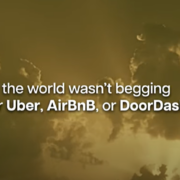New Year’s Reflections: Sentiment, Satisfaction, and the Power of Frontline Obsession
The beginning of a new year is traditionally a time for reflection and planning – a moment to assess what worked in the past and to set ambitious goals for the future. Since I spent much of my time last year building and investing in new companies for the first time in quite a long time, I thought I’d share some observations about several nuanced changes I’ve noted, as well as the enduring principles that continue to shape successful ventures.
The Voice of the Customer
What hasn’t changed: Customer feedback is still the lifeblood of any business, and start-ups in particular. It provides valuable insights into user experiences, pain points, and expectations. By actively collecting and analyzing feedback, startups gain a deeper understanding of their audiences. Infuse Hospitality, a Phoenix3 portfolio company that provides corporate, commercial and specialty food and dining services, has leveraged feedback from building managers and end-users who are moving from remote to hybrid and in-office work to create engaging customized monthly promotions that serve each population’s specific dining preferences while maximizing profitability.
Remember that whether B2B, B2C, or B2B2C, it’s critically important that founders and executive teams recognize not all feedback is created equally. Be sure to prioritize feedback based on impact and feasibility. For example, a glitch in your product ordering system takes precedence over aesthetic concerns, such as tweaking the color scheme of an interface.
What has changed: Traditionally, customer satisfaction ratings have been the gold standard for evaluating success. For contract on-site foodservice relationships, that generally meant bi-annual surveys covering food quality, service standards, and a variety of other benchmarks. But satisfaction is retrospective; it measures how someone feels about a past experience. Today, it is imperative that founders leverage advances in AI and technology to capture how people feel in the moment. Real-time sentiment analysis enables founders to identify and address opportunities as they arise, rather than after they’ve become ingrained problems.
Waiting months to assess performance or customer satisfaction is no longer viable for any company – start-up or mega-conglomerate.
That’s why our Restaura team has built an industry-first resident sentiment analysis tool that analyzes comments, ratings, and team member inputs to tailor culinary experiences based on real-time input. Our talented technology team has created digital dashboards for our clients with real-time KPI tracking, including sentiment scores, so day-to-day decisions are guided by the most current insights. It’s game changing!
Ownership Involvement
What hasn’t changed: Since 1990, Bain consulting has analyzed the shareholder returns of public companies and found that companies with a founder still involved in the daily business outperform (by a factor of 3:1) companies that don’t have an engaged founder. This has been one of my core philosophies throughout my career as a founder, from start-up through acquisition, and carries through to my investment thesis at Phoenix3.
But here’s the thing I learned long ago. Being an engaged founder or business leader is really about creating a culture with a frontline obsession. You simply can’t succeed if there’s an ivory tower culture. The book Founder’s Mentality describes frontline obsession as a culture that keeps management laser focused on empowerment and respect for the team members who directly interact with customers. Founders who remain engaged in their business ensure this ethos is maintained by modeling frontline-centric behavior.
What has changed: We have all seen the dramatic shift in today’s workforce loyalty with employees more willing to change jobs in search of better opportunities or work-life balance. For founders this trend poses significant challenges, especially those in customer-facing industries where employee turnover can directly impact service quality and brand reputation.
There is a growing movement toward employee ownership models as a new standard of socially responsible business practice that can also drive company performance. Ownership Works is a nonprofit that partners with companies and investors to champion this approach which provides wealth-building opportunities for all employees, improves business performance and invigorates corporate culture.
I wholeheartedly believe that making frontline employees owners creates a win-win scenario. I have set aside over 30% of the equity shares in Restaura so all of our team members, from kitchen staff and servers to managers, have a personal stake in the company’s success. Providing ownership takes empowerment to new levels and fosters deeper engagement, accountability, and alignment with organizational goals.
Imagine what’s possible when the phrase “ownership involvement” is not just referring to the founder, it’s EVERYONE.
A Continuous Conversation
The future belongs to those who listen, adapt, and act. As we embark on this new year, let’s recognize that reflection and planning are no longer annual exercises but continuous processes. By embracing a frontline obsession and leveraging real-time sentiment analysis we can build organizations that are positioned for long-term success. Phoenix3 is actively looking to expand our portfolio with like-minded businesses. Click here to learn more about our ideal partner profile.
Let’s make it a year to remember!







